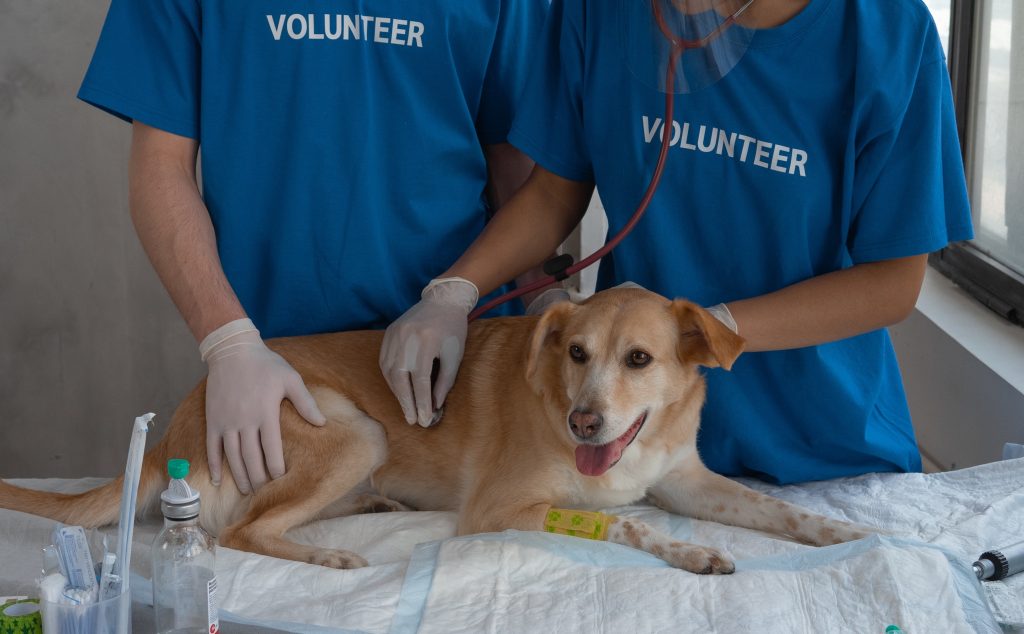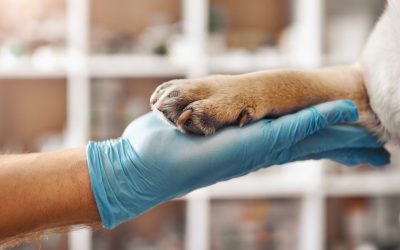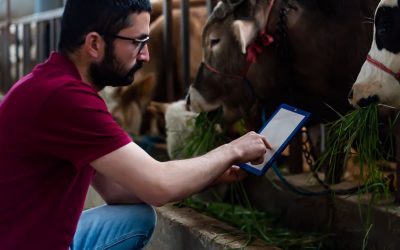Technological Advancements in Animal Wound Treatment
Introduction: medical advances for animals
Technology has revolutionized many aspects of animal welfare, and medical care is no exception. Medical technology advancements have led to improved outcomes for people and animals alike. One area of animal medicine that has seen significant advances in recent years is wound treatment. There are a variety of wounds that animals can suffer from, ranging from minor cuts and scrapes to more serious injuries sustained in accidents or fights. In the past, treating these wounds was often a long and difficult process. However, thanks to advancements in medical technology, there are now a number of effective ways to treat animal wounds.
New treatments: less pain, more effective
Technological advancements in animal wound treatment have led to new treatments that are both less painful and more effective. One such advance is the use of lasers to remove dead tissue and promote healing. Lasers can be used to precisely target problem areas, which minimizes pain and speeds up the healing process. Another recent development is the use of negative pressure wound therapy, which helps to improve blood flow and remove infection-causing bacteria from wounds. This therapy is often used in parallel with other treatments, such as laser therapy, to achieve the best possible results. Another recent advance in wound treatment is surgical glue. Surgical glue is a substance that has been developed to seal wounds within a very short amount of time, and it can do this without causing any pain or discomfort to the animal. In order to use surgical glue, the veterinarian will have to clean the wound and then apply the surgical glue to it. The wound sealant is then left in place until the wound has completely healed.
The future of animal wound care: more personalized, targeted care.
Animal wound care is currently undergoing a revolution, with new technologies emerging that promise more personalized, targeted care. This is a significant development, as wounds are a major health concern for animals, often leading to infection and even death. One of the most promising new technologies is nanotechnology. Nanoparticles are able to target specific cells and tissues, delivering drugs or other treatments directly to the site of the wound. This could potentially reduce the side effects of treatment and improve its efficacy. Another exciting development is in the area of regenerative medicine. This is an emerging field of medicine that focuses on using the body’s own cells to repair tissue damage. This could be used to create a new skin for burn victims or to regenerate lost limbs. While this technology is still in its early stages, it holds great promise for the future of animal care.
Animal Wound Treatment Technology: Bacteria-killing Lasers
Even though this technology is not a wound dressing , it could be considered a potential technology to control infection in animal health. The Bucur MedTech and a Scandinavian start-up are developing a treatment that helps control infection by using laser technology to kill bacteria and remove dead tissue to promote healing in chronic wounds to prevent amputation and infection spread.
Better outcomes for animals
In conclusion, it is evident that advancements in technology have greatly improved the outcomes for animals that need wound treatment. The development of new and improved dressings, as well as the use of lasers and other minimally-invasive treatments, has resulted in quicker healing times and reduced scarring. In addition, these technologies have also made it possible to treat a wider range of wounds, including those that are difficult to reach or are located in sensitive areas. As animal welfare becomes increasingly important to the public, it is likely that even more technological advances will be made in the field of animal wound treatment, resulting in even better outcomes for our furry friends.



